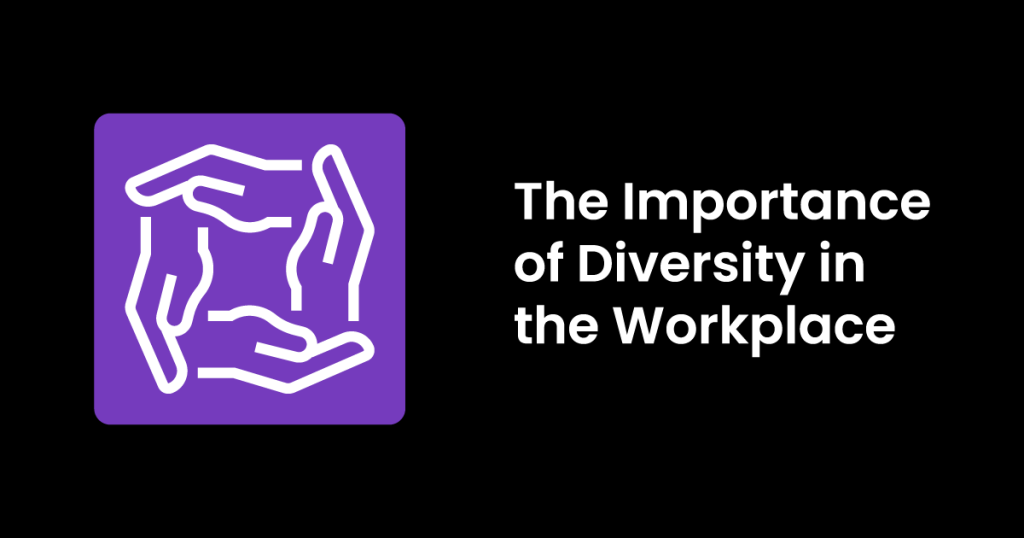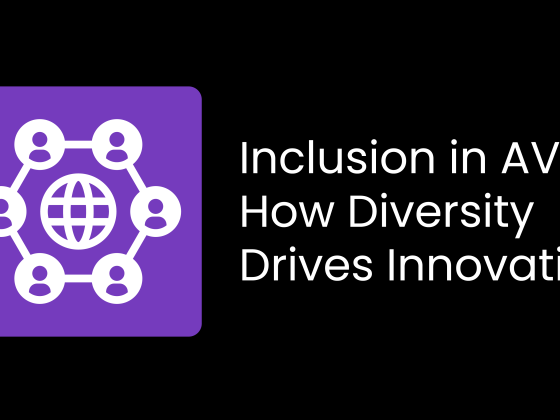Are you familiar with the term “DEI”? It stands for diversity, equity, and inclusion – three essential concepts to incorporate into your workplace. In today’s rapidly evolving world, the significance of diversity in the workplace cannot be overstated.
Creating an inclusive environment that values and respects individual differences opens the door to a wide range of benefits beyond just inclusivity. Improved employee retention, engagement, enhanced performance, and expanded customer reach are just a few examples of what you can expect.
However, before delving into the “how” of creating an inclusive and diverse workplace, it’s crucial to understand the foundation for change represented by these three words: diversity, equity, and inclusion.
Diversity: Diversity encompasses all aspects of human differences, including social identities and social group differences. It contains factors such as race, ethnicity, gender, gender identity, sexual identity, socio-economic status, and religion/spirituality, among others.
Equity: Equity differs from equality in that equality assumes treating everyone as if their experiences are identical. Achieving equity involves acknowledging and addressing structural inequalities that advantage some individuals while disadvantaging others.
Inclusion: Inclusion is where everyone feels respected, has a sense of belonging, and can participate and achieve their full potential. Inclusion goes beyond diversity; it involves embracing differences and welcoming individuals from all walks of life into your organization.
Now, let’s explore some actionable steps to increase diversity in your organization:
- Start the conversation: Initiate open and honest discussions about diversity and inclusion within your workplace. Encourage employees to share their experiences and perspectives.
- Increase accountability and transparency: Establish clear goals and hold leaders accountable for achieving them. Transparency helps ensure that progress toward diversity and inclusion is measurable and actively pursued.
- Recognize historically overlooked employees: Shine a light on employees who have been under-supported or underrepresented in the past. Create opportunities for their voices to be heard and their contributions to be acknowledged.
- Encourage DEI education: Provide employees with access to diversity, equity, and inclusion training courses. These educational initiatives can help build awareness and understanding among staff members.
- Establish a diversity and inclusion team: Form a dedicated team or committee to drive diversity and inclusion initiatives. This team can develop strategies, implement policies, and foster a culture of inclusivity.
- Update workplace policies: Regularly review and update your workplace policies to ensure they align with diversity and inclusion principles. This includes revising recruitment and hiring practices to attract a diverse pool of candidates.
Embracing diversity in the workplace is an ongoing and challenging process. It requires continuous work and effective communication. It is essential to acknowledge and address deep biases and habits. As you strive for a more diverse workplace, celebrate your organization’s victories and progress at each step. Foster an environment that is open to change and eager to adopt diverse work practices. It will take time, but the ultimate result of a more diverse and inclusive workplace is well worth the effort.


